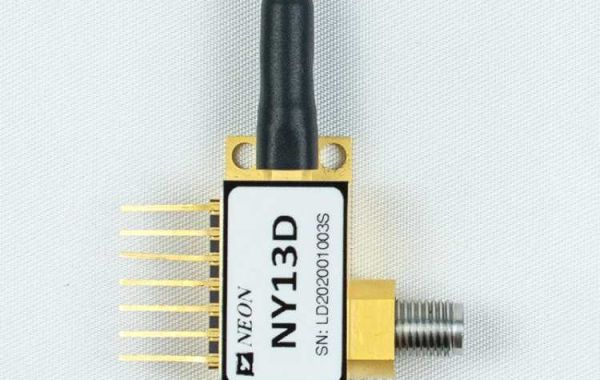Photodetection at mid-to-far-infrared (Mid/Far-IR) wavelengths has been of great interest in recent years in many industrial, military, and scientific applications. Atmospheric trace greenhouse gas molecules responsible for global warming exhibit strong and unique characteristic absorption lines at mid-infrared wavelengths, also commonly referred to as the "molecular fingerprint region", making them ideal for gas sensing.
Free space optical communication (FSO) is of great significance in modern and future optical communication systems, especially for the construction of local area networks and communication links between buildings. Optical signals are transmitted in the earth's atmosphere, the absorption of water vapor in the atmosphere and the Rayleigh scattering of haze are reduced, and longer wavelengths have better diffraction capabilities, making the mid-to-far-infrared wavelength region suitable for free space optical communication and LiDAR (LiDAR) applications are more attractive.
Recent developments in mid-infrared frequency combs (MIR Frequency Comb) have brought new opportunities for frequency comb spectroscopy, offering a wide spectral range, precise resolution, and fast acquisition times. In the mid-and long-wave infrared range, frequency combs are valuable for precisely defining the hyperfine structure of molecules. The development of this technology relies on the detection of radio frequency repetition rate optical pulses, so high speed photodetectors covering the corresponding frequency bands are required.
In addition, in the field of ground-air remote sensing, a mid-infrared laser heterodyne spectrometer is a spectral measurement technology based on the principle of coherent detection. It uses monochromatic laser and sunlight signal mixing to obtain high-resolution "molecular fingerprint" spectral information. Due to the principle of heterodyne mixing, the mid-and far-infrared signals that are close to the laser frequency are transferred to the RF range for processing. Therefore, these high-speed mid-infrared spectroscopy applications require not only materials that can respond to mid-infrared photons, but also an urgent need for sufficient bandwidth. High, sufficiently sensitive RF operational amplifier circuit.
Today, most mid- and far-infrared detectors for high performance and wide spectral range applications are based on narrow-bandgap mercury cadmium telluride (MCT) materials, which enable detectors to achieve wavelength responses in the 1 - 30 µm range with high quantum efficiency. Compared with near-infrared photodetectors, mid-infrared detectors have higher noise, so cryogenic cooling of detector chips is still widely used to improve the performance of key MCT devices.








